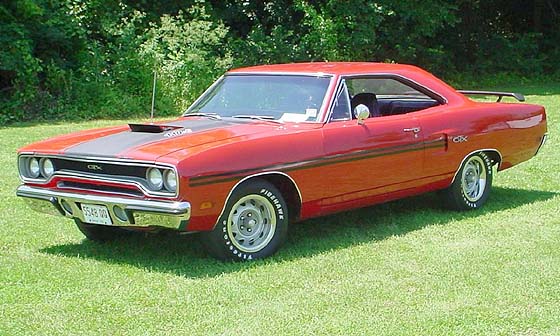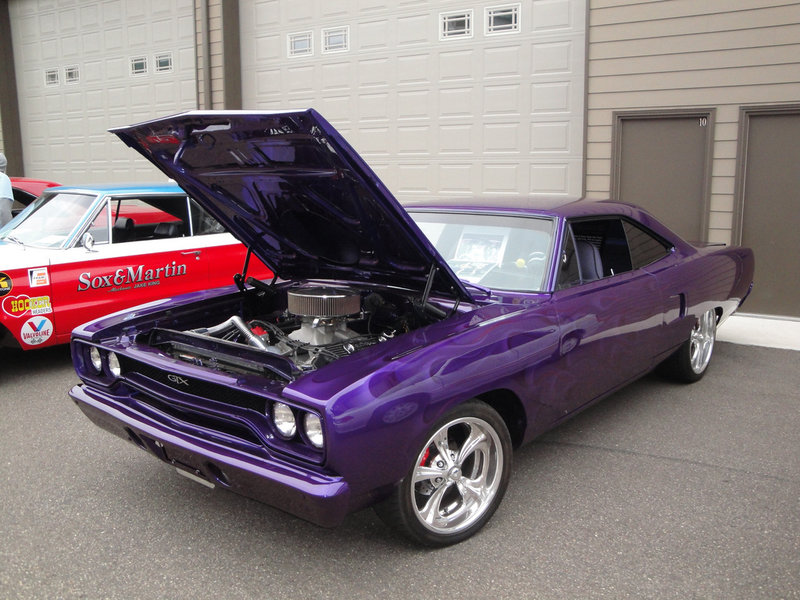1970 Plymouth GTX

source: Flickr
The Plymouth GTX is an understated beauty, a classic and timeless take on muscle car fandom that doesn’t have a loud mouth, massive flare, or cumbersome and brash treatments. It’s a quiet gold standard that still put down some amazing performance – without the need to shout it from the rooftops.
Originally introduced as the Belvedere GTX in 1967, the Plymouth body and general design intent functioned as a spirited competitor against the up-and-coming Camaros, Chargers, and Mustangs of the mid-sixties. But it wasn’t until 1970 that the GTX took off, receiving an updated design filled with brooding looks and serious power under the hood.
A new hourglass body replaced the previous rectilinear design, complementing the popular demand of bigger, badder muscle. The 1970 Plymouth GTX was no slouch in the performance realm, easily matching its new look with new power. Buyers could pick between just two massive powerplants: A 426 Hemi, or a 440. Also standard was a high-performance TorqueFlite automatic trans and dual horizontal racing stripes. In short, the GTX had no “economy” or middle-of-the-road option. It was all or nothing.

source: Flickr
The GTX obtained fan favor thanks to these big-displacement motors. The 440 Ci made an impressive 6.5-second pass from null to 60 and trapped the quarter mile at 15.2 seconds. Even more impressive was the 426 Hemi, making null to 60 in 5 seconds flat and clocking the quarter mile at just 13.5 seconds, trapping 105 mph. This was thanks to an impressive 425 horses and 490 torques.
But the stuff under the hood was just half of what made the GTX so wonderful. This luxury-level muscle car came replete with factory options and standard features, including numerous, polished wheel designs and a whopping 25 available color options. The available Pistol shifter and Hurst-built linkage made moving through the gears natural and fast.
What made the 1970 GTX so stunning could be found in minor style changes: A new grille and rear taillights helped the GTX obtain more of an original look while paying homage to its popular Road Runner subordinate. The GTX’s body lines were smoothed out and a power bulge hood was added, completed with air grabbers on the hood and rear quarter panels, in front of the wheel wells. The result was a uniquely identifiable piece of muscle with presence, power, and the right amount of swag.
